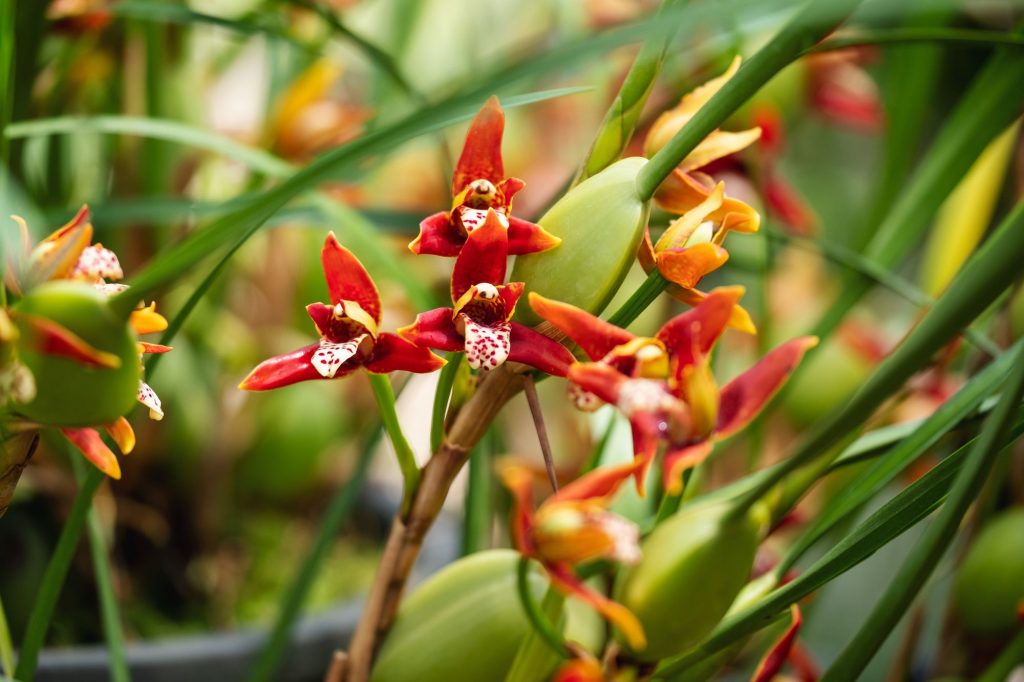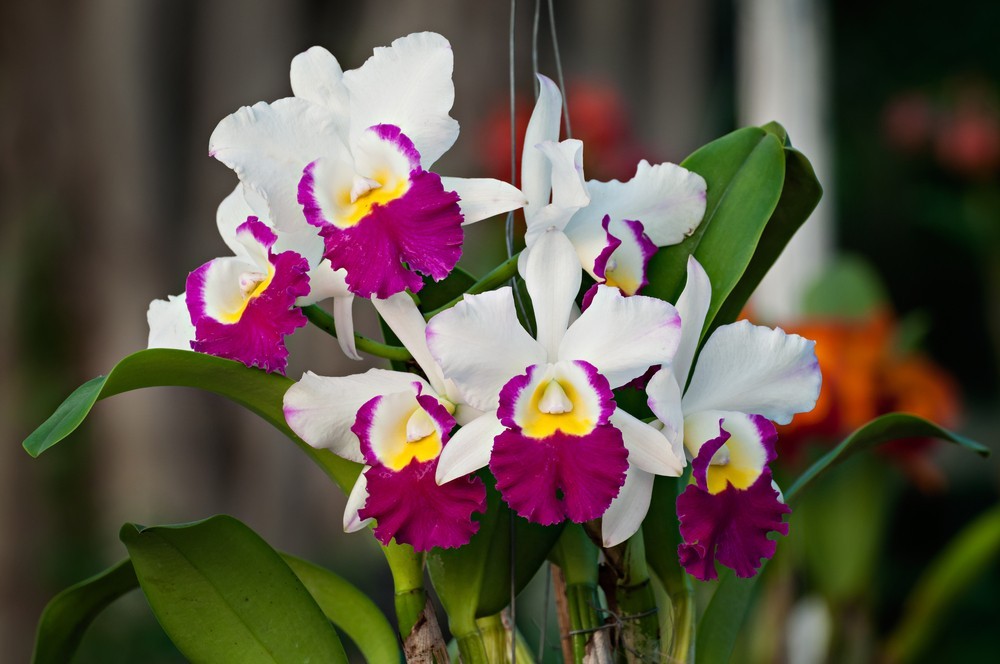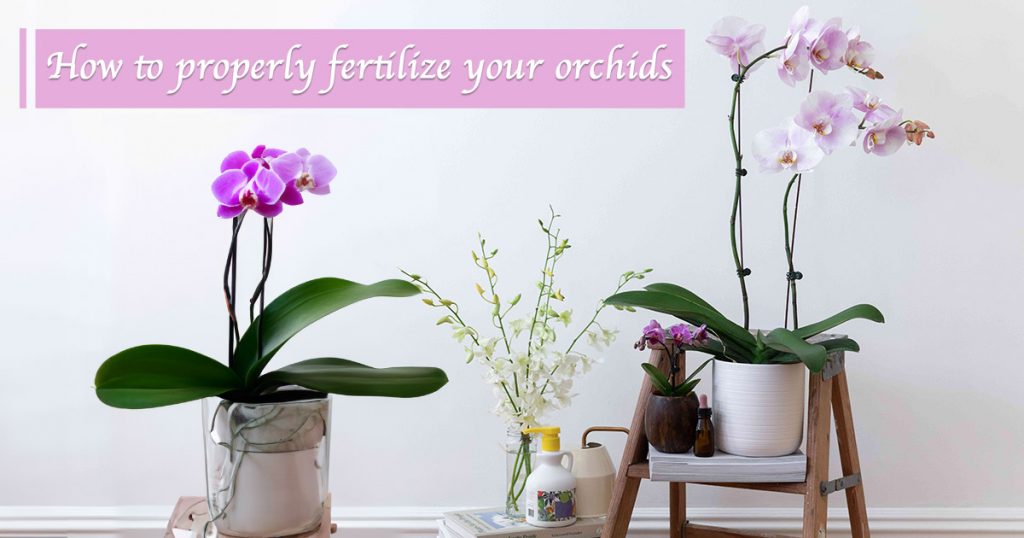Regularly fertilizing orchids is essential for their optimal health and vibrant blooming, but many individuals neglect this task due to confusion about the what, how, and when of orchid fertilization. If your orchid’s flowers have fallen, signaling its entry into the dormant stage, take advantage of this period to provide the necessary nutrients. Orchids rest during this phase to accumulate energy for future blooming, making it the perfect time to fertilize your orchids and support their overall well-being.
What you need to know before looking for the best fertilizer for orchids to bloom
Orchids have numerous species across various genera, making it a misconception to assume a uniform feeding routine applies to all. Typically, most orchids undergo alternating cycles of active growth and dormancy, corresponding to the wet and dry seasons in their native habitats. Orchids in active growth need regular feeding, while those in dormancy require lighter nutrition. However, certain orchids, like Maxillaria tenuifolia, exhibit continuous growth and benefit from year-round light feeding.
Tailoring your feeding approach to the specific orchid types in your collection is crucial, as different species have varying nutritional needs. While specialized bloom-boosters with unique nutrient balances exist, they may not be advantageous for non-professional growers. A high-quality, well-balanced fertilizer proves equally effective in promoting blooms and benefits all plants in your collection, avoiding the complexity of catered “bloom-booster” products.

Why do orchids need to be fertilized?
While most plants derive nutrients and moisture from the soil, orchids, originally tree-dwelling, capture wind-blown plant and animal matter, soil grains, mineral flakes, and nutrients in their roots. When cultivated indoors, orchids are taken away from their natural nourishing environment.
Although the potting mixtures for commercially grown orchids, containing fir bark, sphagnum moss, cork, gravel, peat moss, and other materials, offer minimal nutrition as they break down, supplementing with fertilizer becomes essential to provide the necessary nutrient boost for new growth.
When is the perfect time to feed the orchids?
The adage “Water weekly, weakly” among orchid growers suggests a weekly fertilization routine with a more diluted fertilizer solution than typically used for most flowering plants. For commercial fertilizers, a safe guideline is to use a 20-20-20 fertilizer at 1/4 strength or a 10-10-10 at 1/2 strength. If using specialty orchid fertilizers, it’s crucial to adhere to the label instructions. Unlike other flowering plants that need fertilizer during blooming, orchids require fertilization mostly during their vegetative growth phase, prior to bud formation.
Fertilization should pause once flowering begins, resuming after the plant’s dormant cycle as it re-enters active growth. Experienced growers often adopt a “three weeks on, one week off” fertilizing schedule, applying diluted fertilizer for three weeks followed by a week of plain watering to flush out excess salts from the potting mix.
Some Tips to Fertilize Your Orchids Properly
Below are some fertilizing tips to help you out:
Look for High-Quality Fertilizers and Use Clean Water
Amidst diverse opinions on the best orchid fertilizer and a thriving industry promoting specialized orchid foods, the essential factor is that one nitrogen molecule is essentially similar to another. Rather than fixating on fertilizer brands to feed orchids, the quality of water becomes more significant. Water with excessive hardness and dissolved minerals, like overly hard tap water or softened water with elevated ionized sodium levels, is suboptimal for orchids.
Distilled water or rainwater is ideal, while letting tap water sit for 24 hours to allow chlorine and some ions to evaporate is a satisfactory alternative. When selecting the kind of fertilizer for orchids, opt for a high-quality, balanced variant containing the major elements (nitrogen, phosphorus, and potassium) and all minor nutrients (sulfur, calcium, magnesium, iron, manganese, boron, copper, zinc, molybdenum, and chlorine).
Don’t Overfeed
Avoid overfeeding your plants, as synthetic fertilizers carry mineral salts like potassium and calcium that accumulate in the pot and potting medium, posing harm to the orchid. Overfed orchids tend to grow excessively fast, becoming weak and prone to diseases. Furthermore, certain orchid varieties may bloom less when overfed. It’s crucial to strike a balance in fertilization to ensure optimal health and growth without risking these negative consequences.
Feed During Growing Season
Certain orchids, like dendrobiums, undergo dormancy in winter, while others, such as Cattleya, exhibit slowed growth during this period. Feeding a dormant plant serves little purpose. It’s advisable to resume fertilization when the orchid displays signs of new growth in the spring. Experts suggest active feeding during the vegetative, non-flowering phase of the plant’s growth, recommending the cessation of regular feeding once the orchid starts flowering actively.

How to Fertilize Orchids in Two Easy Steps
Once you’ve found a high-quality fertilizer to feed your orchids, you can follow the steps below when it’s time to feed them:
- When fertilizing your orchid, dilute the fertilizer to half-strength by mixing it with an equal amount of water. On the days you apply fertilizer, forego your regular watering routine.
- Pour the diluted fertilizer slowly into the orchid pot using a narrow-spouted pitcher, ensuring it avoids the leaves. Remove any excess solution and repeat this process once or twice a month.
It’s as simple as that! Nourishing your orchid with fertilizer is a straightforward task that contributes to its overall well-being during the dormant phase. This resting period usually spans approximately nine months, setting the stage for your orchid’s rejuvenation and eventual blooming.
Fertilize Your Orchids to See Them Bloom
Unleash the full potential of your orchids with regular, appropriate fertilization! Embrace the simplicity of this essential care routine to ensure a thriving, blooming orchid collection. Remember, the key to vibrant orchids lies in understanding their unique needs, so start fertilizing wisely and watch your orchids flourish like never before!

